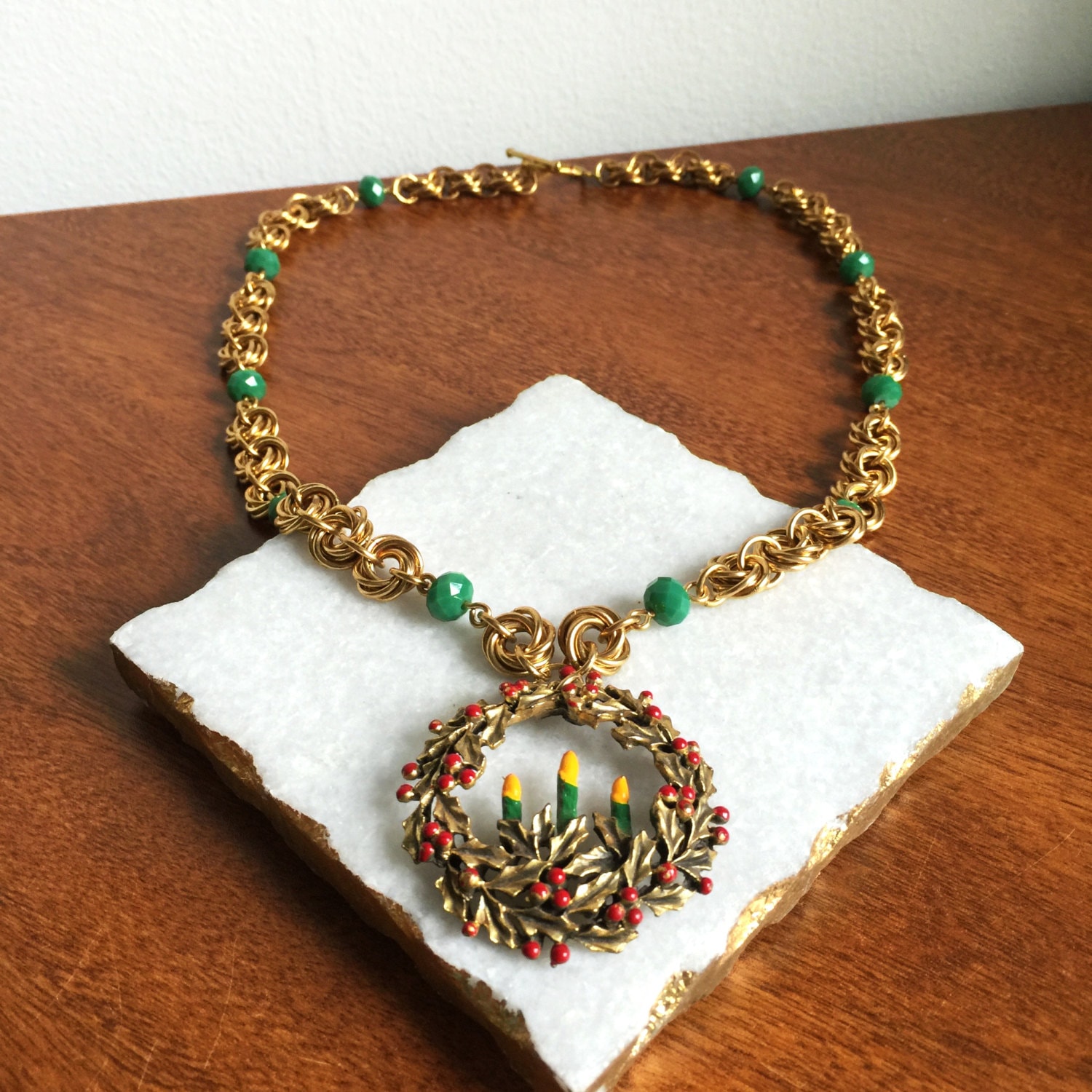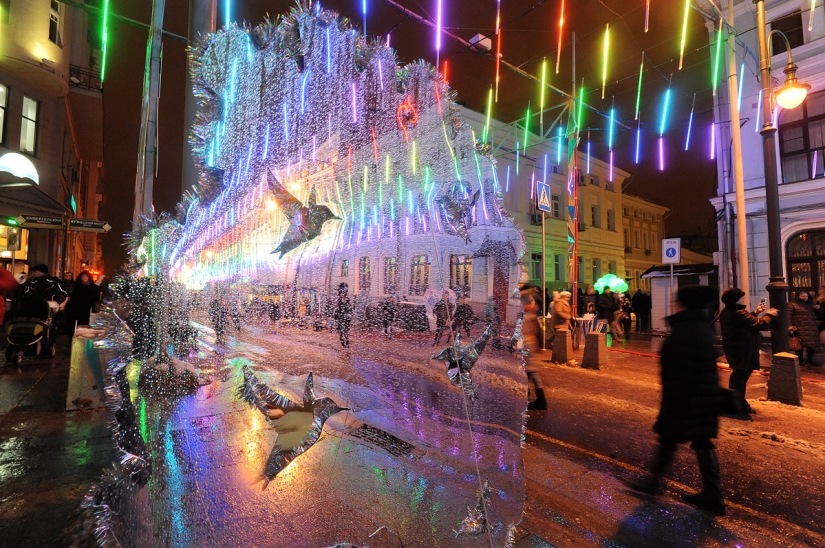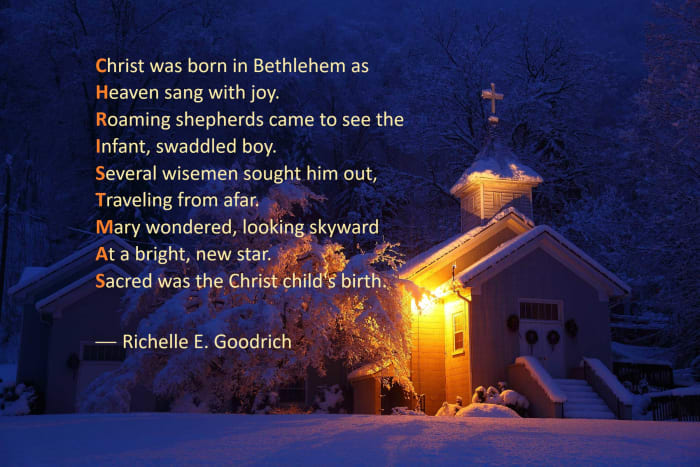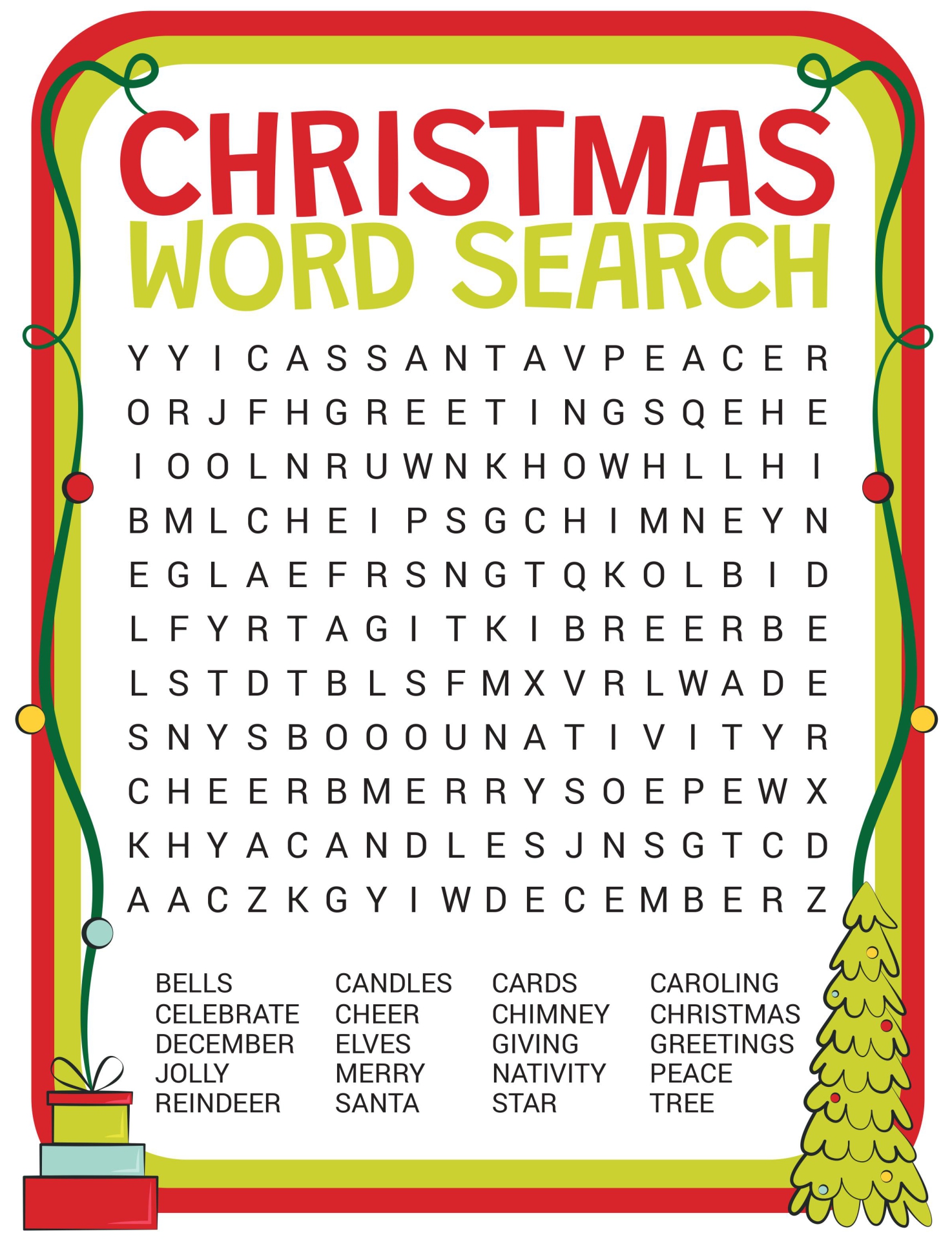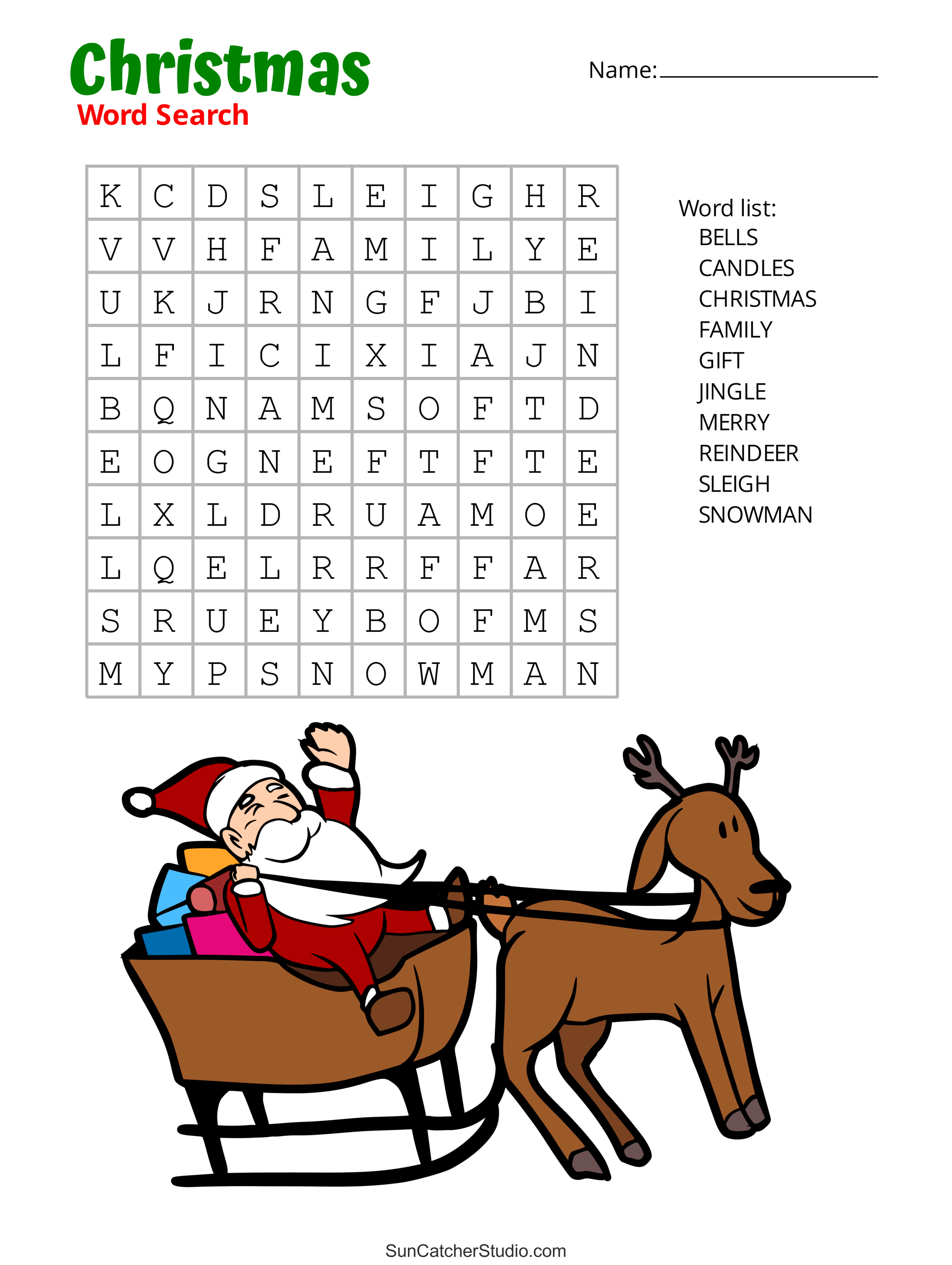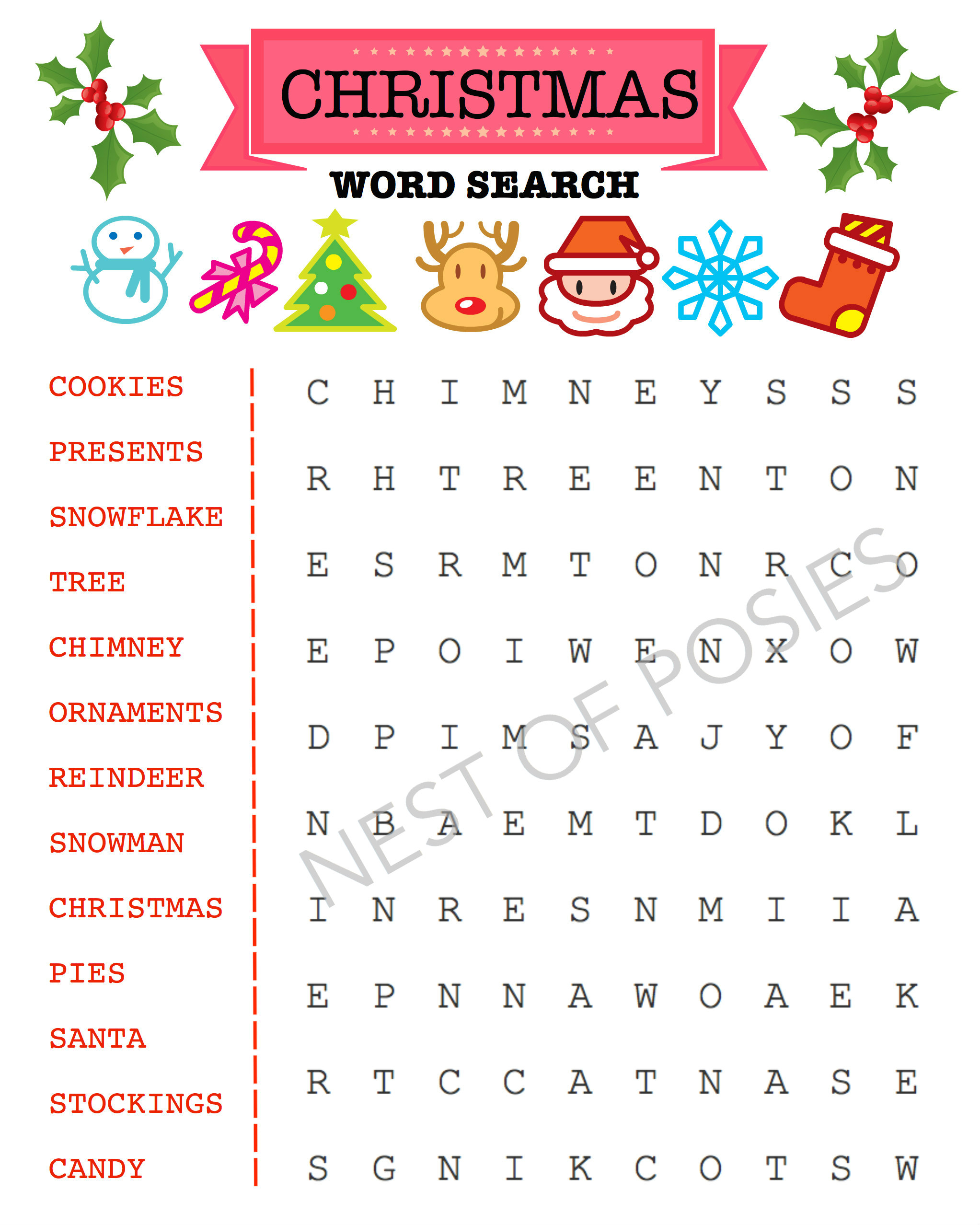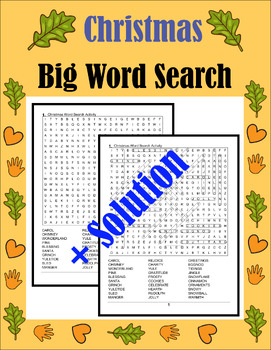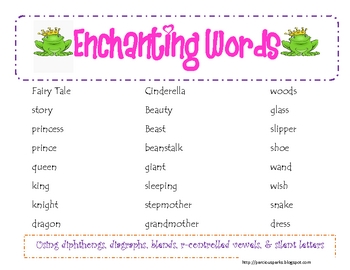A Festive Lexicon: Exploring The Language Of Christmas For Children
A Festive Lexicon: Exploring the Language of Christmas for Children
Related Articles: A Festive Lexicon: Exploring the Language of Christmas for Children
Introduction
With enthusiasm, let’s navigate through the intriguing topic related to A Festive Lexicon: Exploring the Language of Christmas for Children. Let’s weave interesting information and offer fresh perspectives to the readers.
Table of Content
A Festive Lexicon: Exploring the Language of Christmas for Children

Christmas, a season brimming with joy, wonder, and tradition, is also a time where language takes on a special significance. It’s a time when children encounter a unique vocabulary that captures the essence of the holiday, from the anticipation of presents to the magic of Santa Claus. This article delves into the fascinating world of Christmas words for children, exploring their meaning, origins, and the role they play in shaping the holiday experience.
Unpacking the Christmas Vocabulary:
The Christmas lexicon is rich and diverse, encompassing words that describe festive traditions, symbols, and characters. Let’s examine some of the key terms:
1. Santa Claus: This iconic figure, synonymous with Christmas, represents the spirit of generosity and giving. The name "Santa Claus" originated from the Dutch "Sinterklaas," a figure based on Saint Nicholas, a 4th-century bishop known for his charitable deeds.
2. Christmas Tree: A centerpiece of Christmas celebrations, the Christmas tree, often adorned with twinkling lights and ornaments, symbolizes the tree of life and the birth of Jesus Christ. The tradition of decorating evergreen trees dates back to ancient pagan rituals celebrating the winter solstice.
3. Reindeer: These majestic creatures, known for their ability to navigate through snow and ice, are an integral part of Santa’s transportation system. The most famous reindeer, Rudolph, with his bright red nose, guides Santa’s sleigh through the night.
4. Elf: These magical creatures, often depicted as small and mischievous, are Santa’s helpers, working tirelessly in his workshop to create toys for children. The word "elf" originates from Old English and Germanic folklore, where elves were believed to be supernatural beings inhabiting the natural world.
5. Christmas Carol: A festive song typically sung during the Christmas season, Christmas carols celebrate the birth of Jesus Christ and the joy of the holiday. Many carols have ancient origins, with some dating back to the Middle Ages.
6. Stocking: A long, sock-like container hung by the fireplace, stockings are traditionally filled with gifts by Santa Claus. The tradition of hanging stockings is thought to have originated from the legend of Saint Nicholas, who is said to have filled the stockings of poor children with gold coins.
7. Ornament: Decorative objects hung on a Christmas tree, ornaments come in various shapes, sizes, and materials, reflecting individual preferences and family traditions. Ornaments often hold sentimental value, representing memories and special occasions.
8. Mistletoe: A parasitic plant with white berries, mistletoe is traditionally hung in doorways during Christmas. According to folklore, kissing under the mistletoe brings good luck and romance.
9. Gingerbread: A sweet, spicy cookie, gingerbread is a popular Christmas treat. The tradition of making gingerbread dates back to the Middle Ages, where gingerbread was used for decorative purposes and as a gift during the holiday season.
10. Holly: A prickly evergreen shrub with red berries, holly is a traditional Christmas decoration. Its red berries symbolize the blood of Christ, while its green leaves represent eternal life.
The Importance of Christmas Words for Children:
Learning Christmas words is not merely about expanding vocabulary; it’s about fostering a deeper understanding and appreciation for the holiday. These words act as a bridge between generations, connecting children to the rich history and cultural traditions associated with Christmas.
1. Connecting with Tradition: By learning words like "carol," "stocking," and "gingerbread," children develop a sense of continuity and connection to the past. They understand that these traditions have been celebrated for centuries, creating a sense of shared heritage.
2. Understanding the Holiday’s Meaning: Words like "Santa Claus," "Christmas tree," and "Nativity" help children grasp the symbolic and religious significance of Christmas. They learn about the origins of the holiday, the story of Jesus’ birth, and the spirit of generosity and giving that it embodies.
3. Enhancing Festive Imagination: Words like "elf," "reindeer," and "mistletoe" fuel children’s imaginations and create a magical world of Christmas wonder. They visualize Santa Claus flying through the night, elves working tirelessly in his workshop, and reindeer pulling his sleigh.
4. Building a Shared Vocabulary: Learning Christmas words creates a common language that families can share, fostering a sense of togetherness and strengthening family bonds. Children can participate in conversations about holiday traditions, share stories about Santa Claus, and sing carols together.
5. Fostering Cultural Awareness: Christmas words provide a window into different cultural traditions and perspectives. Children learn about the origins of the holiday, its global celebration, and the diverse ways in which people celebrate Christmas around the world.
FAQs about Christmas Words for Kids:
Q: What are some of the most common Christmas words that children learn?
A: Some of the most common Christmas words for children include "Santa Claus," "Christmas tree," "reindeer," "elf," "Christmas carol," "stocking," "ornament," "mistletoe," "gingerbread," and "holly."
Q: Why are Christmas words important for children to learn?
A: Christmas words help children connect with tradition, understand the holiday’s meaning, enhance their festive imagination, build a shared vocabulary with their families, and foster cultural awareness.
Q: How can parents help their children learn Christmas words?
A: Parents can help their children learn Christmas words by reading Christmas stories, singing Christmas carols, decorating the Christmas tree together, and using the words in everyday conversations.
Tips for Teaching Christmas Words to Children:
1. Make it Fun: Use games, songs, and activities to make learning Christmas words engaging and enjoyable.
2. Use Visual Aids: Show children pictures or videos of Christmas symbols and characters to help them visualize the words.
3. Incorporate into Everyday Conversations: Use Christmas words naturally in conversations, stories, and songs.
4. Encourage Repetition: Repeat words and phrases frequently to help children remember them.
5. Create a Christmas Word Wall: Create a visual display of Christmas words in your home to help children learn and remember them.
Conclusion:
Christmas words for children are more than just festive vocabulary; they are the building blocks of a magical holiday experience. By learning these words, children gain a deeper understanding of Christmas traditions, symbols, and values, fostering a sense of wonder and joy that will last a lifetime. As they learn and share these words with their families and friends, they become part of a rich cultural heritage that continues to enchant and inspire generations to come.







Closure
Thus, we hope this article has provided valuable insights into A Festive Lexicon: Exploring the Language of Christmas for Children. We hope you find this article informative and beneficial. See you in our next article!

